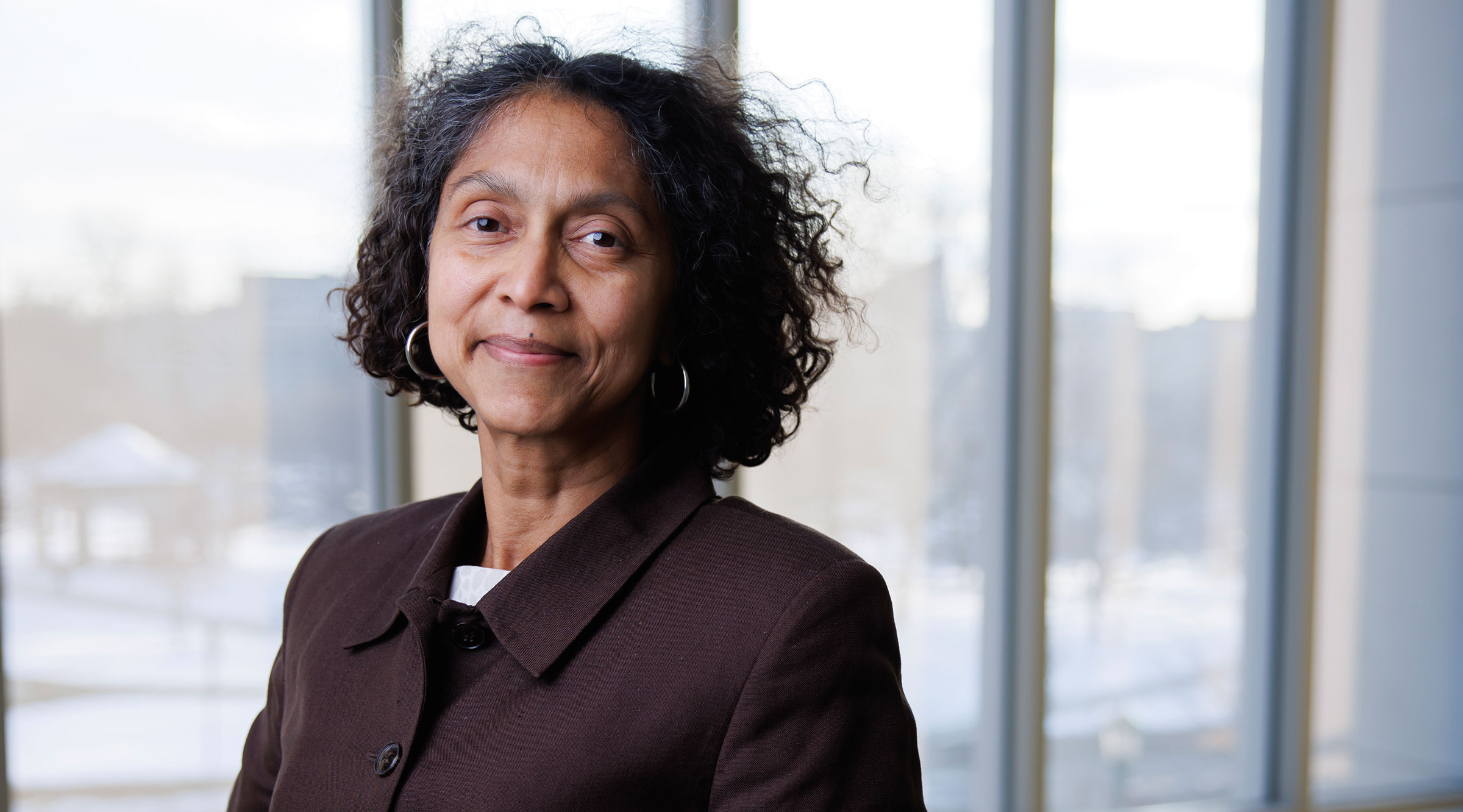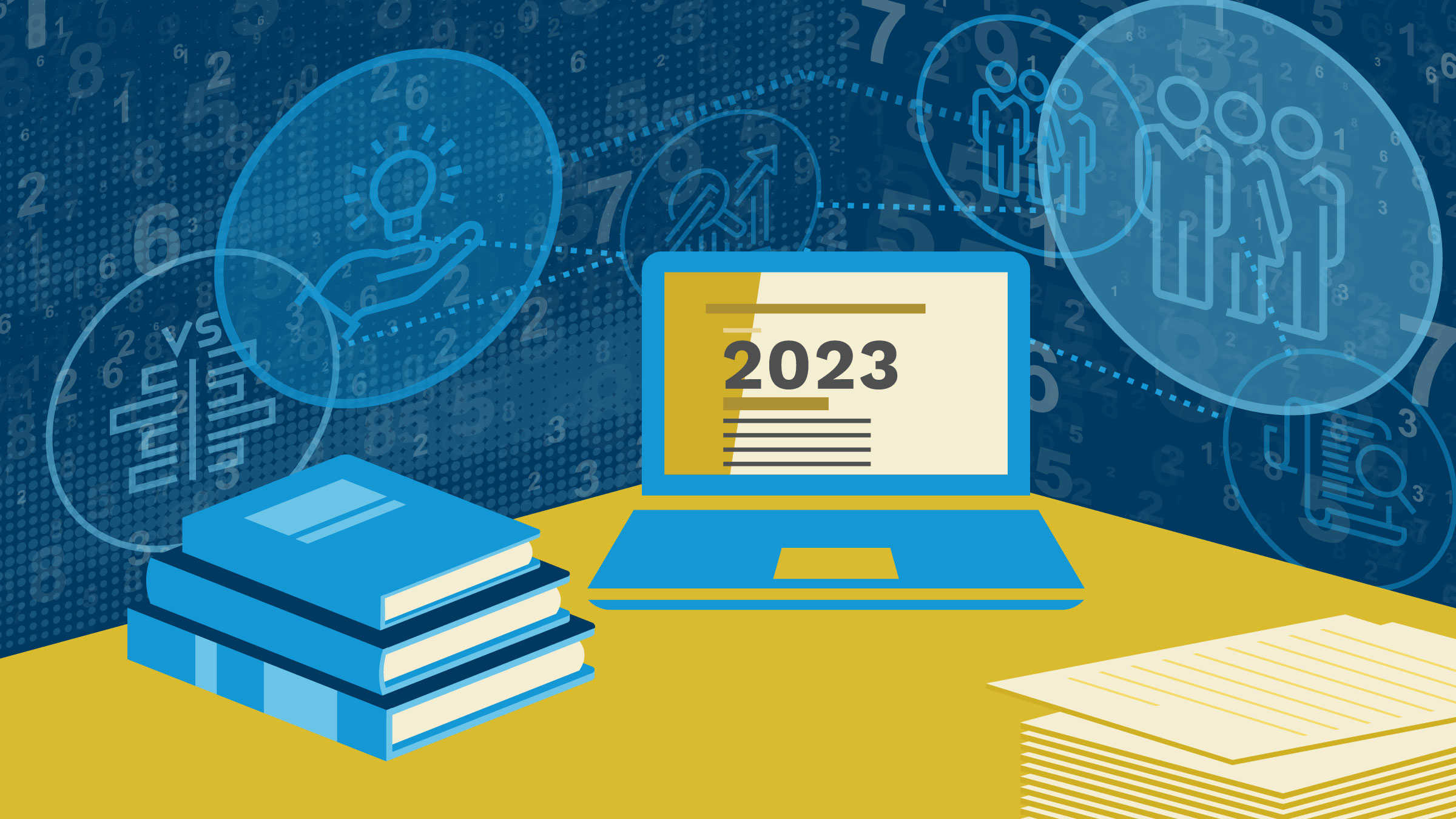While leaders have prudently advised citizens to form a united front against the spread of contagion, the costs and benefits of containment are by no means equal. The old—who are more vulnerable to the virus’ worst consequences—benefit most from social distancing. Young workers—less vulnerable and more likely to be dependent on wage income—bear most of the costs because containment has closed down workplaces and livelihoods.
New research from the Minneapolis Fed starkly illustrates how incorporating this demographic diversity into the standard epidemiological model complicates the economic and political calculus of policymaking. Conventional models assume that everyone bears the same costs and shares equally in benefits from containment, but “heterogeneous agent” models explicitly shape analysis around differentials.
In “Health versus Wealth: On the Distributional Effects of Controlling a Pandemic” (SR 600), Minneapolis Fed monetary advisor Jonathan Heathcote, with Andrew Glover of the Kansas City Fed, and Dirk Krueger and José-Víctor Ríos-Rull of the University of Pennsylvania, studies optimal mitigation policies when people differ in age (and, more specifically, in vulnerability), and workers vary by whether they work in what are commonly referred to as “essential” and “non-essential” sectors of the economy.
“The benefits of slower viral transmission are not shared uniformly,” note the economists. Nor are “the costs of reduced economic activity. … Different groups in the economy (old versus young, workers in different sectors, healthy versus sick) will likely have very different views about the optimal mitigation strategy.”
Redistribution will be necessary, too, to provide health care for the sick and income for the unemployed. The “deadweight” cost of redistribution—expenses of administering taxes to raise revenue and of redistributing to beneficiaries (through the enlarged unemployment system, for example)—is another crucial part of an optimal plan.
In brief, the economists find large gains from partially shutting down the economy, but those gains accrue almost entirely to those over 65 years of age. A “utilitarian planner”—one who seeks the best outcome for society as a whole, balancing the needs of all individuals—would immediately relax the shutdown, but maintain it partially well into the fall. (The study is dated May 31, 2020.) The economists calculate that over 231,000 additional deaths would have occurred had the U.S. shutdown ended at Easter, due largely to serious cases exceeding hospital capacity.
These results rely on a rather intricate model and several important assumptions. Minor changes to the model’s features or parameters alter the numerical results. But the bottom line remains: Mitigation through economic shutdown benefits the old significantly, but workers in sectors shut down by mitigation policies bear the greatest burden, particularly when redistribution involves costs.
Accounting for differences
It has been clear since the outset that the coronavirus was likely to have more serious health consequences for older people. It’s also been clear that some businesses are more critical to survival than others. Balancing these differences is a political challenge, but economic analysis can shed light on the approximate relative gains and losses, and help guide policy choices accordingly.
The economists begin with a variant on a standard epidemiological disease diffusion model. People start out as susceptible to infection (S) and may then transition to infected but asymptomatic (A), to infected with flu-like symptoms (F), to needing emergency care (E) and, finally, to recovered (R) or dead (recovery is also possible from the A, F, and E stages).
They extend this SAFER model to incorporate differential health outcomes by age and differential risks of infection in the workplace (health care workers, for instance, have higher risk levels than old retirees). This is integrated into an economic model in which workers vary by health status and by sector (“basic” sectors are essential to survival; “luxury” sectors are non-essential).
The government has two policy levers to address the impact of contagion: (1) the extent of mitigation; that is, what fraction of the non-essential economy to shut down, and (2) the amount of income to redistribute from workers to nonworkers who are old, unwell, or in closed sectors.
Results
With this model—tuned and shaped by several assumptions and 32 parameters—the economists calculate optimal government policies for mitigation. The essential finding: The optimal path is highly sensitive to the relative welfare weights the government attaches to different types of people in the model.
The old benefit highly from strict and lengthy economic shutdowns. As retirees (by assumption), they don’t suffer income declines from job loss, and they benefit from better health outcomes. Young workers in basic sectors benefit little from strict mitigation measures. Since they still have jobs, they remain at relatively high infection risk levels, but with less serious consequences, and they maintain their income. It’s young workers in luxury sectors that are most adversely affected by strict shutdowns, since they are at highest risk of unemployment.
To the extent that the government is reluctant to provide compensation because redistribution is costly, luxury workers actually suffer under policies that maximize welfare for the old. “A [government] planner who prioritizes workers in the luxury sector subject to shut-downs chooses a much milder and shorter mitigation path, as the economic costs of forgone income and thus consumption dominate for this group.”
An optimal mitigation path designed by a planner who puts equal weights on the welfare of all groups, the economists find, depends largely on the cost of redistribution. “The larger this cost is, the more moderate is optimal mitigation, at the cost of higher mortality during the epidemic.”
Factors that shape outcomes
Every economic model relies on its assumptions and parameters. This one is no exception.
One key variable is the economic value of a human life, a controversial and seemingly callous calculation that’s nonetheless essential for cost-benefit analysis. Statisticians refer to this as the value of a statistical life (VSL), and estimates vary widely. The economists settle on a figure of $11.5 million, the value used by the Environmental Protection Agency and the Department of Transportation. Raising it would make sustained shutdown more attractive; lowering, less so.
Also important are estimates of recovery rates at different infection stages and mortality rates in hospitals. Lowering the first or raising the second would mean individuals (and the planner) would prefer greater sacrifice of consumption to avoid the risk.
Modifying other variables, such as the share of virus transmission through different economic activities, or the number of infected people at the outset, would also alter the optimal mitigation plan. More initial infections or faster contagion rates raise the benefit of aggressive mitigation.
Conclusion
The research thus clarifies what has been implicit in all discussions of containing COVID-19: People vary widely in their exposure and vulnerability to the virus, and they also differ in the degree of pain suffered through curtailed economic activity. Optimal policies for mitigation and redistribution therefore involve compromise.
Softening the economic burden through redistribution comes at a cost, the economists observe, a reality that tempers government willingness to provide assistance. Moreover, they write, “Our results also starkly illustrate how unevenly the welfare gains and losses from economic mitigation are likely distributed across different segments of society. The elderly gain much more than the young. Those working in the partially shuttered sector are the most adversely impacted.”
The fact that different segments of the population experience such disparate outcomes may explain the lack of political consensus about how extreme and how long mitigation efforts should be. This model provides policymakers entrusted with those decisions some reasonable estimates of what the relative costs and benefits are, and on whom they fall.
Updated on June 3, 2020






